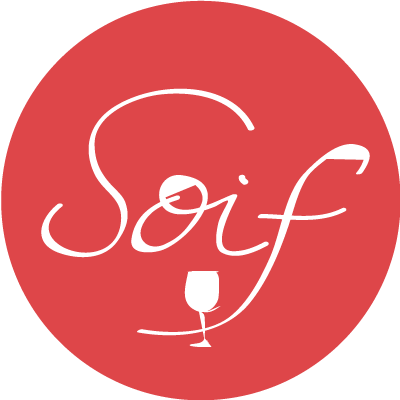2017 Remoissenet Père et Fils Bourgogne Blanc– Burgundy, France
Chardonnay
Winemaking details: Remoissenet Pere & Fils was founded in 1877 and is housed in a charming 14th century building in Beaune. The Remoissenet’s cellar, originally built in the 1300s, connects to the medieval walls of Beaune itself. They own 13 hectares of vineyard land in Beaune and Gevrey-Chambertin, which they farm according to organic and biodynamic principles. The estate also purchases fruit from other growers by quality, not quantity. Roland Remoissenet was the most recent family member to make the wines, and in 2005, at the age of 75, he decided to retire and sold the company. Now Bernard Répolt, a famous winemaker, runs operations and stewards the wines. The winemaking philosophy of the domaine is wholeheartedly non-interventionist. This Chardonnay comes from Estate-selected fruit from vineyards in northern Burgundy (declassified fruit from Chablis) as well as from plots in the commune of Puligny-Montrachet. After hand harvesting, the grapes are pressed whole cluster, fermented by indigenous yeasts in 25% new French oak barrels and steel, and in then aged in the same vessels as fermentation.
Color: Pale Gold
Bouquet: Lemon zest, lime blossom, white peaches, pear, and chalk.
Palate: This is a classic, fresh, and lively white Burgundy with great texture and tension. The few years of bottle ageing have this wine in a great place right now, still bright and zesty, but rounding out with subtle savory notes. It is medium bodied with a slight creamy and silky texture, high acid, and has a long and mineral driven finish. A pleasure to drink on it’s own, this Chardonnay would also be a great companion to chicken, seafood linguini, soft rind cheeses, or sushi.
This wine is in a great place to enjoy now, however could be laid down 3-4 years if desired.
2018 Château de Janicon Graves Rouge – Bordeaux , France
52% Cabernet Sauvignon, 44% Merlot, 4% Petit Verdot
Winemaking Details: : The region of Graves in Bordeaux is known for it’s gravelly soils, which are relatively poor in nutrients, well-draining, and can make incredible wines. Château de Janicon is led by its third generation winemaker, Lou Rochet. She lives on the property with her family, and helps to tend the 40 or so acres of vines in addition to making the wine. The Rochet family plants cover crops between rows to increase biodiversity, does not allow any herbicides, and have introduced bees and bat boxes to support local flora and fauna. The soils are stony, and of corse gravelly, with subsoils of clay and silica above a limestone core. For this Bordeaux blend, the grapes are all hand harvested, destemmed, and undergo a sold soak for a few days. The varietals are fermented separately by native yeasts in temperature controlled stainless steel tanks. Aged in French oak barrel for one year.
Color: Dark Ruby
Bouquet: Black cherries, tobacco, plum, wet stone, cassis, wild herbs.
Palate: This is a full bodied blend with powerful yet fine tannins, medium acidity, and great balance with only 13.5% alcohol. It is quite classic with earthy, leather, tobacco, and a spicy finish. The bountiful fruit is ripe, not jammy, and there is subtle elegance with notes of violets and wet stone. Enjoy this wine with aged cheese, dark game, red meat, or hearty autumn stews.
This wine is approachable and enjoyable young, yet could age for 5-7 more years if desired.









